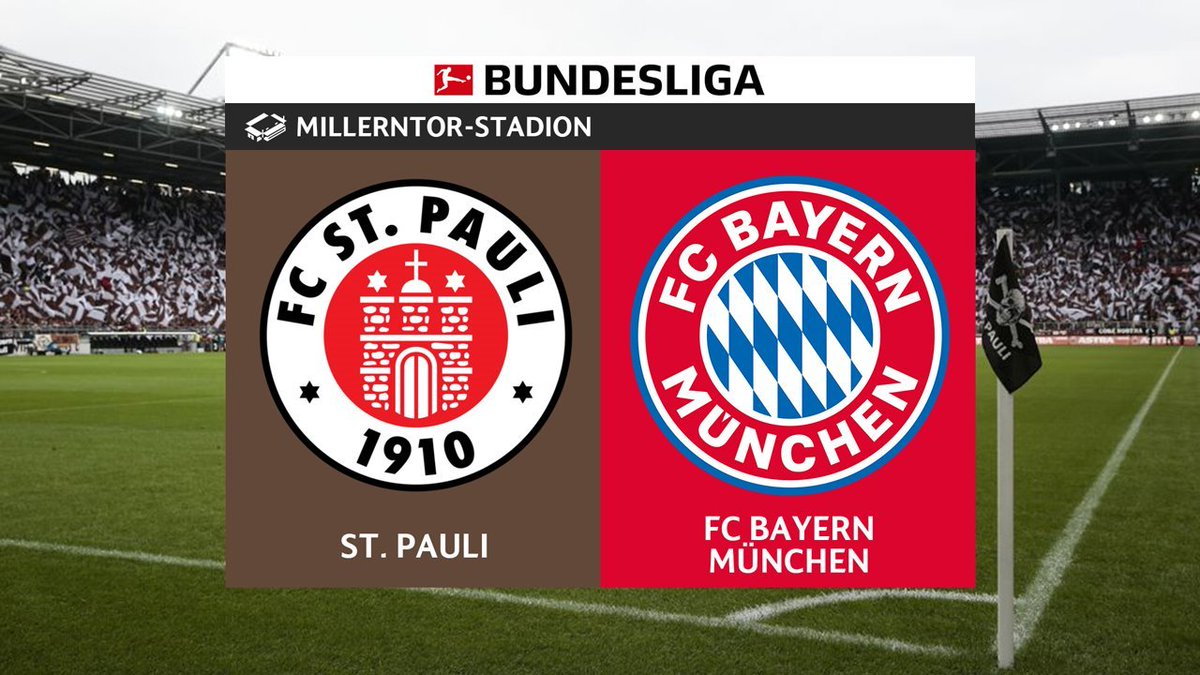The Crucial Role Of Middle Managers: Bridging The Gap Between Leadership And Employees

Table of Contents
Facilitating Communication and Information Flow
Middle managers act as a crucial communication link, ensuring information flows smoothly in both directions—a critical aspect of employee engagement. This two-way communication fosters transparency and builds trust, leading to improved organizational performance. Effective communication within this crucial layer involves:
-
Translating Leadership Vision: Middle managers must clearly articulate upper management's strategic goals and initiatives to their teams. This requires understanding the "big picture" and breaking down complex information into easily digestible, actionable steps. This downward communication ensures everyone is working towards the same objectives.
-
Gathering Employee Feedback: Actively soliciting input from employees is paramount. Middle managers should create channels for upward communication, encouraging employees to share their ideas, concerns, and suggestions. This feedback provides valuable insights into team morale, potential problems, and opportunities for improvement.
-
Promoting Transparency: Maintaining open and honest communication builds trust and fosters a collaborative atmosphere. Transparency regarding company performance, upcoming changes, and challenges helps reduce uncertainty and empowers employees.
-
Example: Regular team meetings, utilizing open-door policies, and effectively employing various communication channels (email, instant messaging, project management software) are all crucial tools for fostering efficient and transparent communication. A well-structured system ensures that information reaches everyone promptly and accurately.
Driving Team Performance and Motivation
Middle managers are directly responsible for the performance of their teams. Their success hinges on their ability to motivate, mentor, and manage their teams effectively, leading to improved employee engagement and overall performance. Key aspects include:
-
Setting Clear Goals and Expectations: Establishing measurable, achievable, relevant, and time-bound (SMART) goals provides clear direction to team members. This clarity minimizes ambiguity and fosters a sense of purpose and accomplishment.
-
Providing Coaching and Mentorship: Supporting employee growth and development through regular feedback, training opportunities, and personalized guidance is essential for building a high-performing team. Effective coaching helps employees reach their full potential and contributes to their overall job satisfaction.
-
Foster a Positive Work Environment: Building strong team relationships, promoting collaboration, and addressing conflicts effectively cultivates a positive and productive work environment. This requires strong interpersonal skills and a commitment to creating a supportive atmosphere.
-
Example: Implementing regular performance review systems, conducting frequent one-on-one feedback sessions, and organizing team-building activities are all effective strategies for driving team performance and motivation. These initiatives demonstrate a commitment to employee well-being and professional development.
Ensuring Strategic Alignment and Execution
Middle managers are essential in translating high-level strategies into tangible actions. This critical role requires strong project management skills and the ability to adapt to changing circumstances. Key responsibilities include:
-
Understanding Strategic Objectives: A deep understanding of the organization's overall goals and how their team contributes is vital. This understanding allows middle managers to make informed decisions and align their team's activities with the overarching strategy.
-
Developing Action Plans: Creating detailed plans to achieve specific goals, allocating resources effectively, and meticulously monitoring progress are all critical to successful execution. This requires strong organizational and planning skills.
-
Problem-Solving and Decision-Making: Identifying and addressing challenges promptly and making timely decisions are essential. This requires strong analytical skills and the ability to adapt to unforeseen circumstances.
-
Example: Developing detailed project timelines, effectively managing budgets, assigning tasks strategically, and overseeing project completion to ensure strategic alignment are all essential functions. These actions demonstrate a commitment to efficient resource allocation and successful project outcomes.
Conclusion
Middle managers are not merely supervisors; they are vital connectors, motivators, and strategists. Their ability to effectively bridge the gap between leadership and employees is critical for organizational success. By focusing on communication, team performance, and strategic alignment, middle managers can significantly contribute to a more engaged, productive, and high-performing workforce. Investing in developing and supporting your middle management team is investing in the overall success of your organization. Invest in strengthening your middle management today to improve communication and bridge the gap between leadership and your employees. Effective middle management is the key to unlocking your organization's full potential.

Featured Posts
-
 King Nazvav Maska Ta Trampa Zradnikami Detali Zayavi Pismennika
May 09, 2025
King Nazvav Maska Ta Trampa Zradnikami Detali Zayavi Pismennika
May 09, 2025 -
 Fc St Pauli At Bayern Munich Preview Prediction And Betting Tips
May 09, 2025
Fc St Pauli At Bayern Munich Preview Prediction And Betting Tips
May 09, 2025 -
 U S Fed Holds Rates Amid Inflation And Unemployment Concerns
May 09, 2025
U S Fed Holds Rates Amid Inflation And Unemployment Concerns
May 09, 2025 -
 Divine Mercy Extended Religious Groups In 1889 Experiencing Gods Compassion
May 09, 2025
Divine Mercy Extended Religious Groups In 1889 Experiencing Gods Compassion
May 09, 2025 -
 Le Cas Epicure La Cite De La Gastronomie De Dijon Et Ses Limites D Intervention
May 09, 2025
Le Cas Epicure La Cite De La Gastronomie De Dijon Et Ses Limites D Intervention
May 09, 2025
